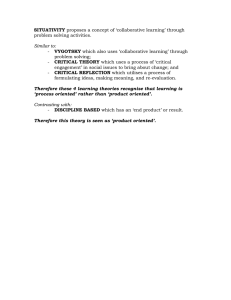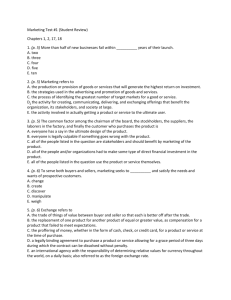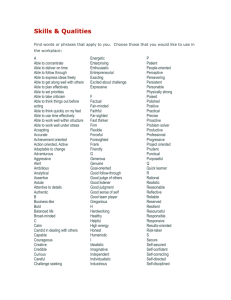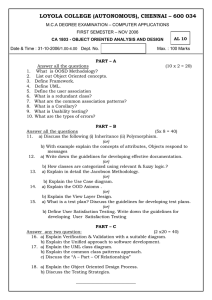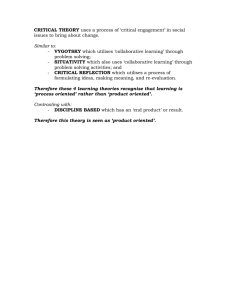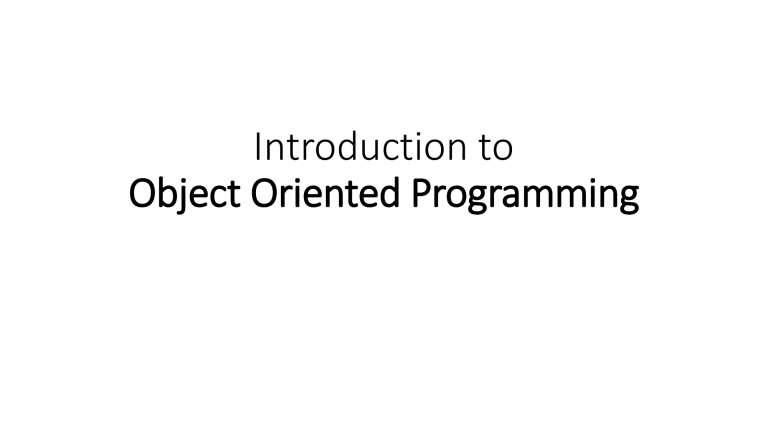
Introduction to Object Oriented Programming Object Oriented Programming Object means a real-world entity such as a pen, chair, table, computer, watch, etc. Object-Oriented Programming is a methodology or paradigm to design a program using classes and objects. It simplifies software development and maintenance by providing some concepts: • Object • Class • Inheritance • Polymorphism • Abstraction • Encapsulation Difference between OOP and SPL The main difference between structured and object oriented programming is that structured programming allows developing a program using a set of modules or functions, while object oriented programming allows constructing a program using a set of objects and their interactions • Main Focus Furthermore, structured programming focuses on dividing the program into a set of functions in which each function works as a subprogram while object oriented programming focuses on representing a program using a set of objects which encapsulates data and object. • Modification Moreover, it is difficult to modify the structured programs while it is easier to modify the Object Oriented programs. • Communication In structured programming, the main method communicates with the functions by calling those functions in the main program whereas, in object oriented programming, the objects communicate with each other by passing messages. Hence, this is an important difference between structured and object oriented programming. • Access Specifiers There are no access specifiers in structured programming while there are access specifiers such as private, public and protected in Object Oriented Programming. Thus, this is also an important difference between structured and object oriented programming. • Security Besides, data is not secure in structured programming, but it is secure in object oriented programming. • Code Reusability Also, it is difficult to reuse code in structured programming, whereas it is easier to reuse code in object oriented programming. Object Object Definitions: • An object is a real-world entity. • An object is a runtime entity. • The object is an entity which has state and behavior. • The object is an instance of a class. What is an object in Java An entity that has state and behavior is known as an object e.g., chair, bike, marker, pen, table, car, etc. It can be physical or logical (tangible and intangible). The example of an intangible object is the banking system. An object has three characteristics: • State: represents the data (value) of an object. • Behavior: represents the behavior (functionality) of an object such as deposit, withdraw, etc. • Identity: An object identity is typically implemented via a unique ID. The value of the ID is not visible to the external user. However, it is used internally by the JVM to identify each object uniquely. JVM (Java Virtual Machine) Architecture • JVM (Java Virtual Machine) is an abstract machine. It is a specification that provides runtime environment in which java bytecode can be executed. • JVMs are available for many hardware and software platforms (i.e. JVM is platform dependent). The JVM performs following operation: • Loads code • Verifies code • Executes code • Provides runtime environment JVM Architecture

